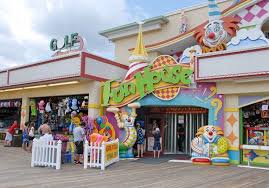Easter Symbol Origins
Where do they come from?
April 14, 2022
With Easter right around the corner, many are excited about all the festivities that follow. Many love coloring eggs with their families and putting out decorations for the Easter Bunny, but where do these traditions and customs originate from?
The most prominent animal for the season is the Easter Bunny. The Easter Bunny originated here in the United States and the tradition began during the 1700s in an area of Pennsylvania created by a group of German immigrants. They believed in an egg-laying hare called “Osterhase” or “Oschter Haws.” This tradition eventually spread across the country.
Another iconic Easter tradition is colored eggs. Egg-coloring claims its roots in 13th-century Pagans. These pioneers of egg-coloring believed that the eggs were a sign of new life and a better tomorrow. One legend suggests that the eggs were off-limits and considered sacred during the Lenten season. Because of this, they were often adorned with colors and decorations to display their significance.
Although coloring eggs and the Easter Bunny are not religious symbols for the season, the church accepts these symbols because of their early beginnings. One symbol that is shown in churches are the Easter lilies. These flowers are decorations that are often used in churches during the Lenten/Easter season. They grew underground from bulbs and were discovered in Japan. These Japanese flowers arrived in England in 1777 and reached the US during World War I. Since Easter lilies grow underground, they symbolize Jesus’ resurrection and are now the unofficial flower of Easter in the US.





